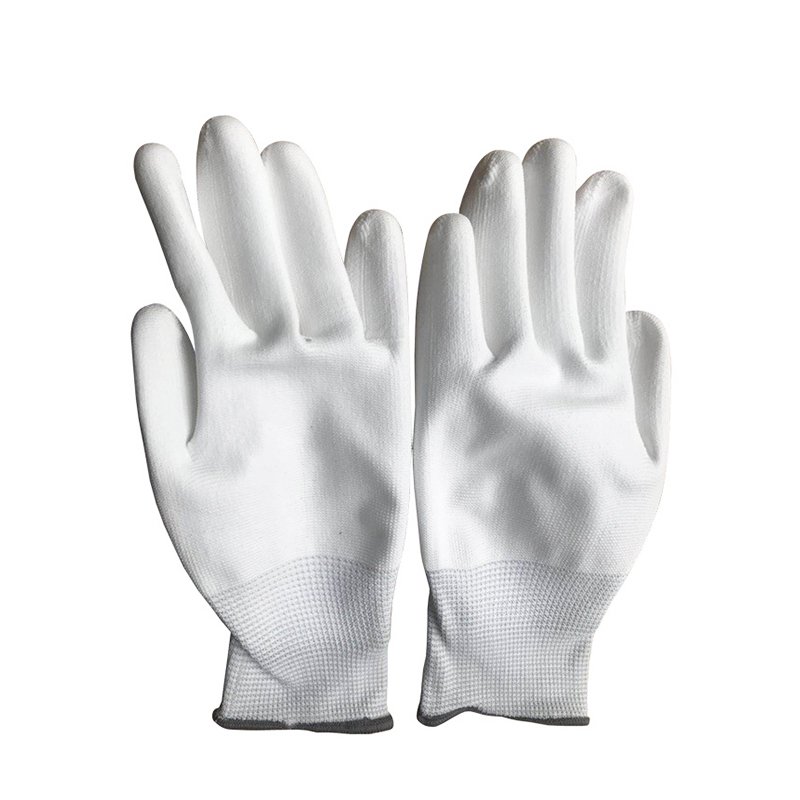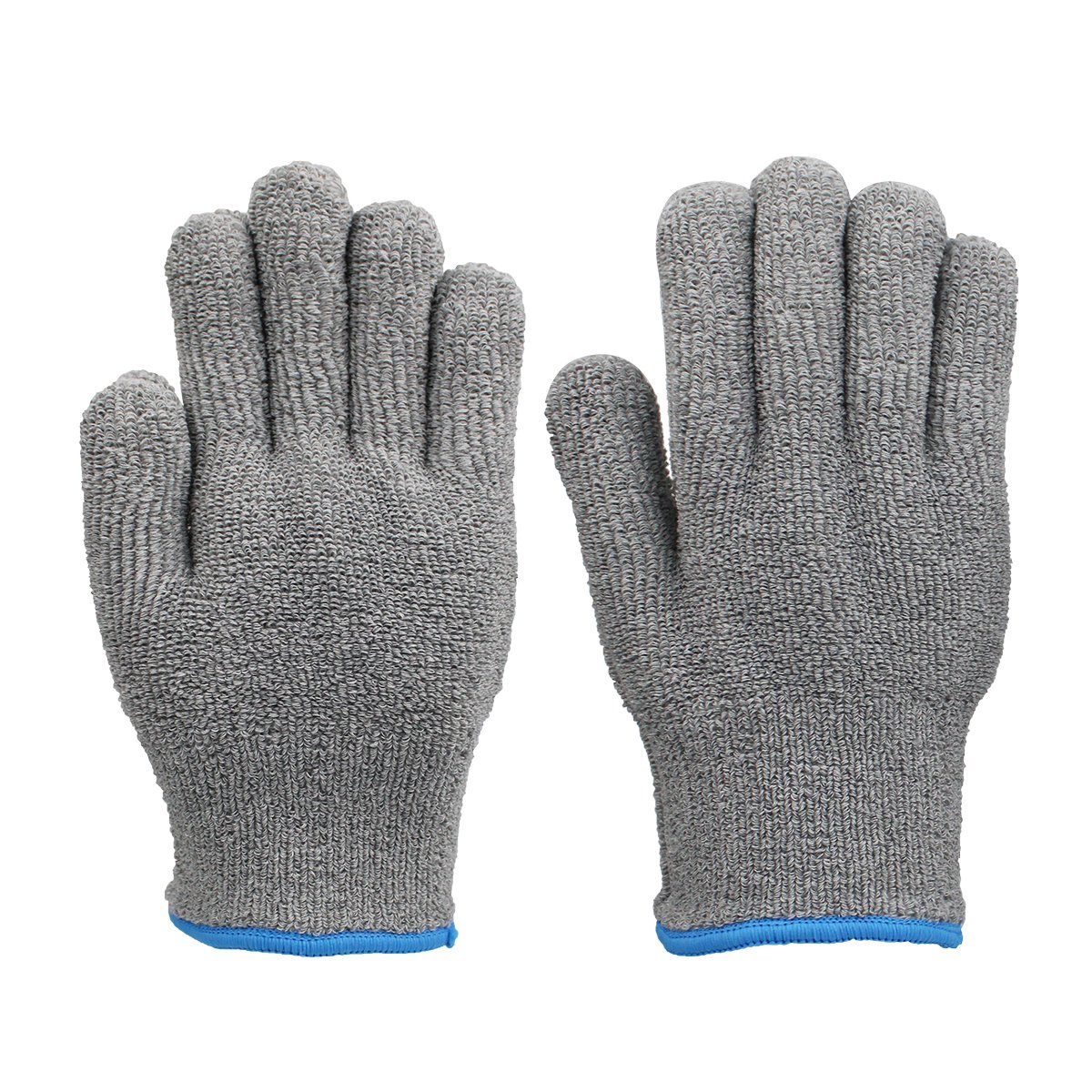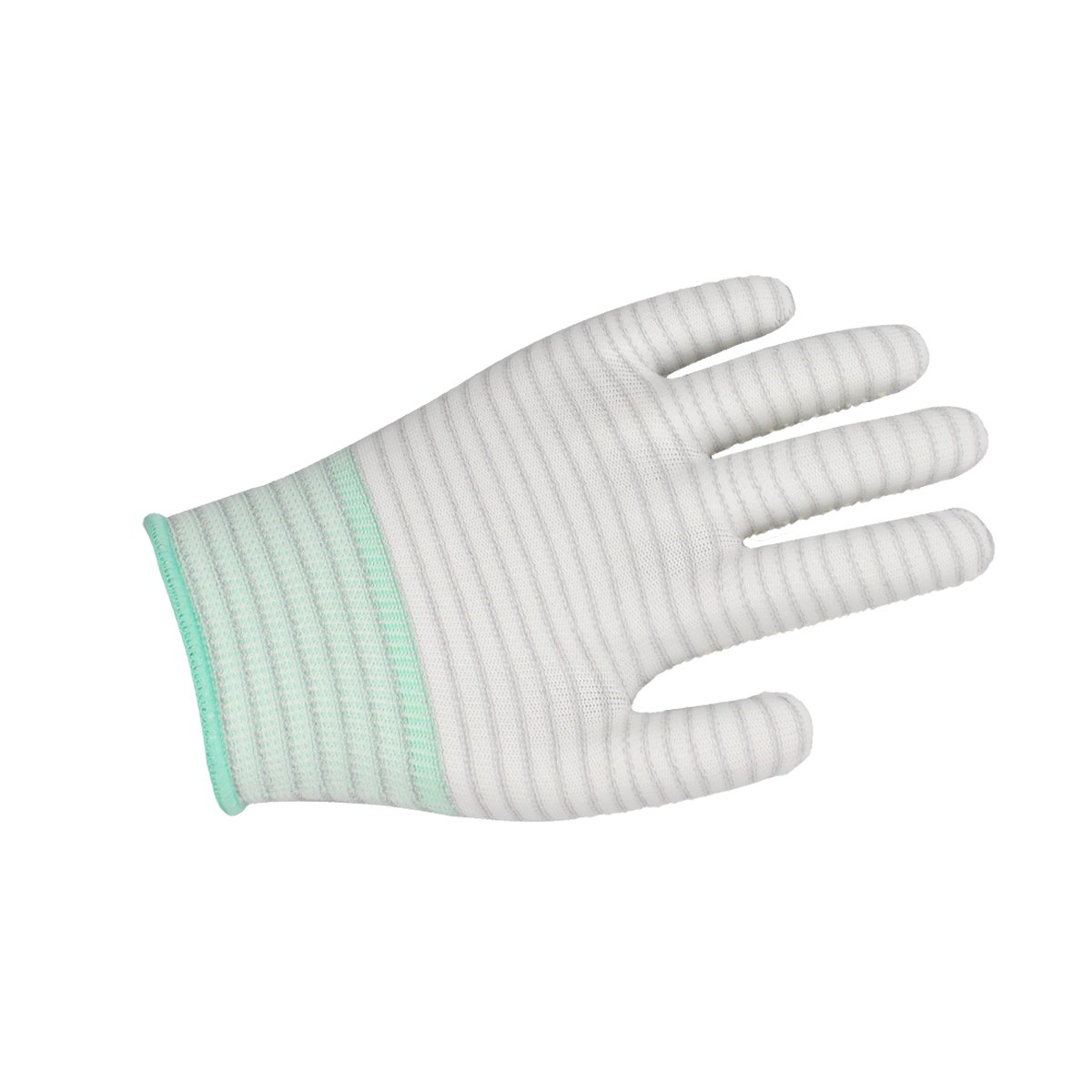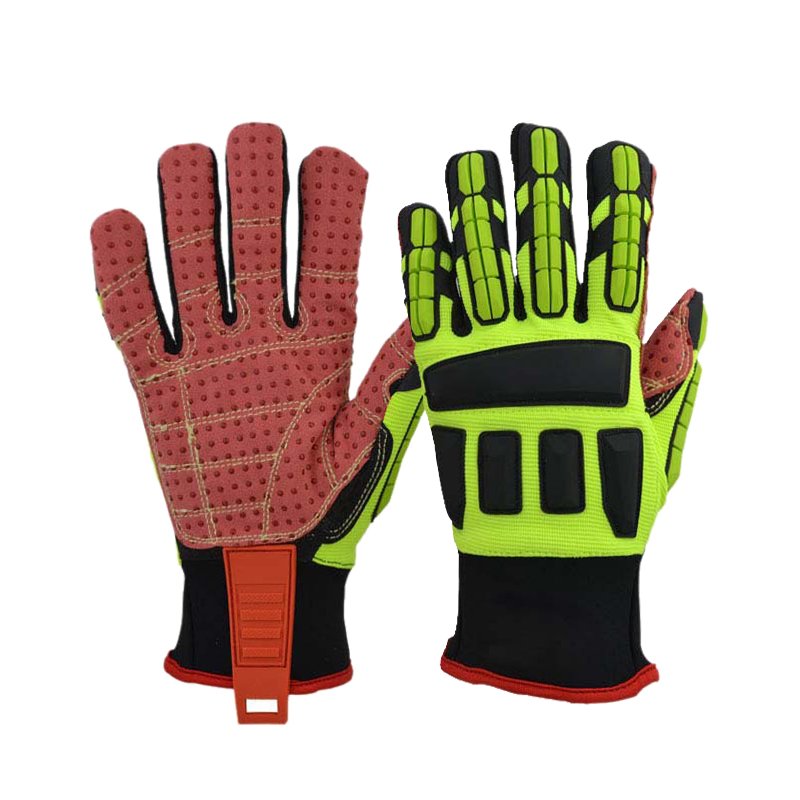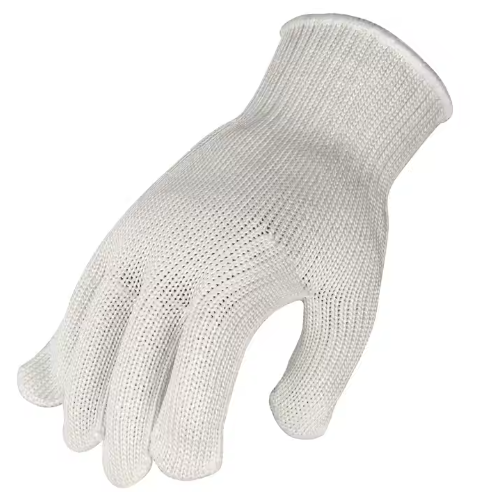Cut-resistant gloves are made to protect your hands from sharp objects. But are they effective against all types of sharp hazards? Let’s explore their limitations and the specific situations in which these gloves are useful.
Are Cut-Resistant Gloves Effective Against All Sharp Objects?
Cut-resistant gloves are designed to protect against various sharp objects like knives, glass, and metal. However, they are not always effective against every sharp object. Some objects like needles or very thin, pointed blades may still penetrate the gloves. Cut-resistant gloves provide significant protection, but they don’t guarantee 100% protection against all sharp objects.
These gloves work by using materials like Kevlar or high-performance polyethylene (HPPE) to resist cuts. But for extremely fine or piercing objects, these materials may not be sufficient. If you’re working with these types of sharp hazards, you may need additional protection, such as puncture-resistant gloves.
When Should Cut-Resistant Gloves Be Used?
Cut-resistant gloves should be used when handling materials or tools that pose a risk of cuts or abrasions. These gloves are commonly worn by workers in industries like construction, food processing, and manufacturing. They’re also useful in everyday tasks, such as gardening or home improvement projects, where sharp objects or materials are involved.
To decide when to wear these gloves, assess the potential risks in your environment. If you’re handling sharp materials or tools, wearing cut-resistant gloves is a wise choice. However, if the objects you’re dealing with are extremely fine or intended to puncture, you may need puncture-resistant gloves.
What Type of Gloves Should Be Used for Sharp Objects?
When handling sharp objects, it’s essential to wear gloves specifically designed to prevent cuts and punctures. Cut-resistant gloves made from materials like Kevlar or steel mesh are ideal for cutting, glass handling, or working with metal. However, for sharp objects like needles or thin, pointy metal, puncture-resistant gloves offer additional protection.
Puncture-resistant gloves often feature extra layers or coatings to prevent sharp objects from penetrating. These gloves are typically used in environments where there is a high risk of puncture, which cut-resistant gloves alone may not fully prevent.
What Are the Limitations of Cut-Resistant Gloves?
Cut-resistant gloves are a great safety tool, but they do have limitations. The level of protection depends on the material used and the type of sharp object involved. Some gloves are designed for lighter cuts, while others are built for heavy-duty protection.
However, these gloves are generally not puncture-resistant, and some sharp objects, especially thin or pointed ones, can still cause injury. They also may not protect against extreme heat or other environmental hazards. So, it’s important to choose gloves based on the level of risk you’re facing, and recognize that cut-resistant gloves don’t offer complete protection in all situations.
What Are Cut-Resistant Gloves Used For?
Cut-resistant gloves are primarily used to prevent cuts and abrasions from sharp materials and tools. These gloves are commonly used in industries where workers handle sharp objects regularly, such as construction, food preparation, and manufacturing. They also offer protection for non-industrial tasks, including gardening, woodworking, and kitchen work.
By offering protection from cuts and abrasions, these gloves reduce the risk of injury in a variety of environments. Whether you’re working with knives, glass, or metal, cut-resistant gloves are a practical solution for reducing hand injuries.
Is There a Code for Cut-Resistant Hand Gloves?
Yes, there are standards that regulate the performance of cut-resistant gloves. These standards are set by organizations like ASTM (American Society for Testing and Materials) or ISO (International Organization for Standardization). For example, the EN 388 standard measures the cut resistance of gloves, assigning a rating based on their ability to withstand cuts.
These standards help ensure that the gloves you choose meet minimum safety requirements, providing you with reliable protection. When buying cut-resistant gloves, look for certifications that verify the gloves meet these established safety criteria.
What Material Is Cut-Resistant?
The materials used in cut-resistant gloves vary but generally include high-performance fibers and coatings that offer protection against sharp objects. Some of the most common materials are:
- Kevlar: A synthetic fiber known for its strength and resistance to cuts.
- Steel Mesh: Provides strong protection against cutting tools and blades.
- HPPE (High-Performance Polyethylene): Lightweight and durable material, resistant to cuts and abrasions.
- Nitrile or PU Coatings: These materials add extra protection, especially against punctures.
The material used in cut-resistant gloves will determine their effectiveness. For example, gloves made of Kevlar are excellent for cutting tasks, while steel mesh gloves offer superior protection when dealing with sharp or heavy-duty tools.
Conclusion
Cut-resistant gloves offer valuable protection against many types of sharp objects, but they do have limitations. It’s essential to understand when and how to use them for maximum safety. For some tasks, cut-resistant gloves are perfect; for others, you may need additional protection.


